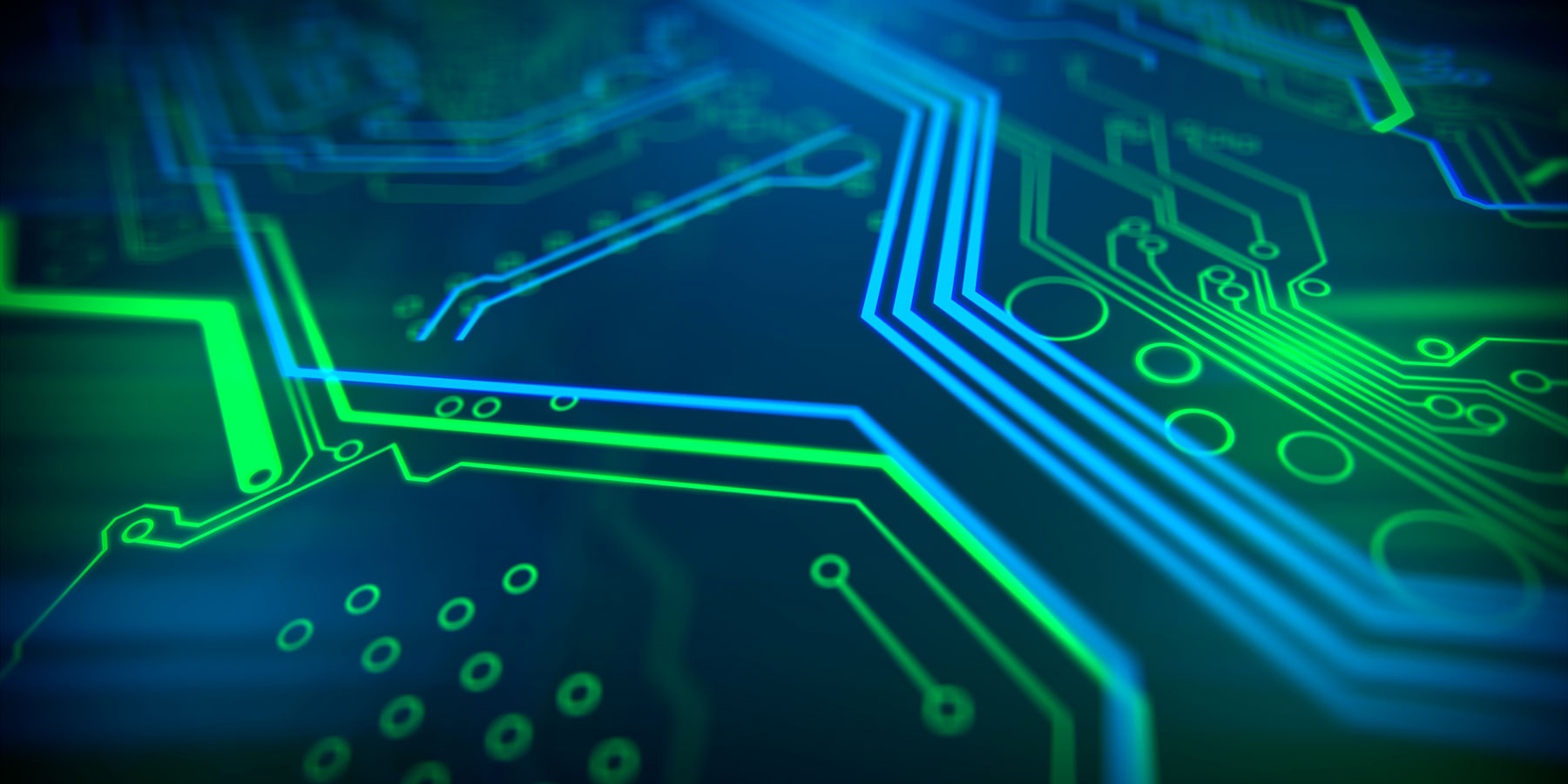Despite the myriad challenges and hardships inflicted on businesses during a year of pandemic lockdowns, the collective culture shift toward and acceptance of remote work – paired with the emergence of 5G mobile technology – may indeed help accelerate the development and adoption of augmented reality (AR) and other mixed-reality (MR) solutions for enterprise settings.

That was the perspective shared by Wolfgang Stezle, CEO and founder of Re’Flekt. This Munich-based startup develops software products to enable businesses and industries to create their own in-house AR and MR applications and conduct remote support with intelligent routing. Speaking at Mobile World Congress Shanghai at the end of February 2021, Stezle said that the past year had taught teams all around the world that ‘remote collaboration works’ and that it is more financially beneficial as well. “Companies realized they can really save money with it and do not need to travel all the time to fix problems on site,” he said.
That was the perspective shared by Wolfgang Stezle, CEO and founder of Re’Flekt. This Munich-based startup develops software products to enable businesses and industries to create their own in-house AR and MR applications and conduct remote support with intelligent routing. Speaking at Mobile World Congress Shanghai at the end of February 2021, Stezle said that the past year had taught teams all around the world that ‘remote collaboration works’ and that it is more financially beneficial as well. “Companies realized they can really save money with it and do not need to travel all the time to fix problems on site,” he said.
Making that remote collaboration possible is a large part of Re’Flekt’s mission and at the core of its product offerings. “Our customers have increasingly complex machinery, but the knowledge it takes to fix, to maintain, to operate that machinery is typically not where it’s required – not on site,” said Stezle. “That leads to machine downtimes and potentially, significant revenue loss.”
This was primarily a concerning risk throughout the pandemic, with lockdowns preventing access to factories and making it difficult to keep up with necessary machine maintenance.
One product, Re’Flekt Remote, is a remote assistance tool that facilitates collaboration between experts via video. “An expert on one side of the world stationed in a factory can easily contact an expert on the other side of the world. And then they can collaborate with each other… giving each other annotations in their video streams to solve problems so much easier and quicker than ever before,” described Stezle. Re’Flekt Remote works with an app on a smartphone or a tablet, along with smart glasses from Vuzix and RealWear.
On the augmented reality front, the company also offers a product called Re’Flekt One, a content creation service for AR which helps technicians to solve problems independently, without the need to involve an expert at all.
Stezle remarked that through COVID-19, as industrial enterprises struggled to manage an uptick in orders from around the globe, Re’Flekt began to see an increase in both user adoption of their tools and content generation from customers. “They realized there needs to be something which helps people on site to get their work done.”
But more than just a pandemic-era necessity, Re’Flekt is positioning these types of remote applications powered by augmented reality as the future – thanks to the maturation and proliferation of high-bandwidth, low-latency 5G networks.
“What [5G] basically enables is that we can work with huge data sets,” he said – which is crucial when working with customers in construction, for example, who are dealing with gigabyte-size files. “With 5G we can ensure that this data can be transferred to the device instantly.”
Looking ahead to the future, he envisions that 5G will enable remote streaming of content. “You basically outsource heavy calculations such as tracking and 3D rendering to the cloud and you just stream it to the device,” he said.
Beyond mission-critical applications, though, Stezle believes remote maintenance powered by 5G and mixed-reality content will become mainstream. “Our vision is to make everyone an expert,” he said. Taken together – high-bandwidth, low-latency 5G paired with advanced visualization formats will deliver a future where everyone can perform their own technical support, with less and less need for outside help.
“I truly believe that, despite the fact I’m not a technician, I will be able to repair my own coffee machine and my own washing machine in a couple of years from now. In fact, I’m very convinced that in ten years, AR, and all the technologies, are just going to be a substantial part of daily life,” said Stezle. “We will make use of new forms of visualizations like we do with the Internet today.”








